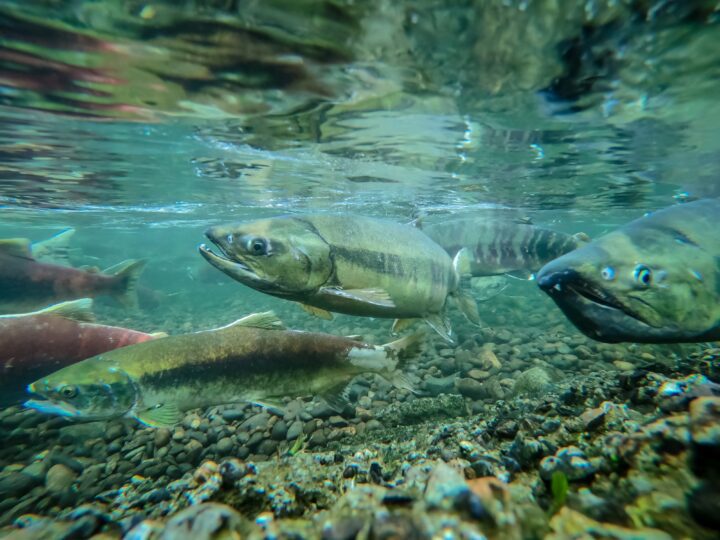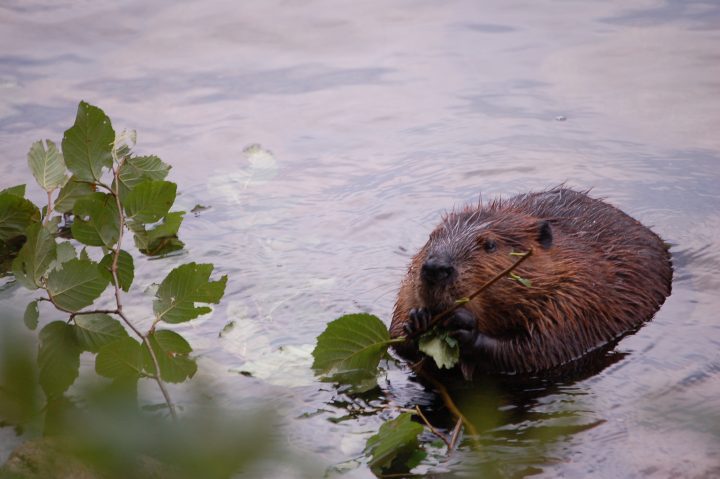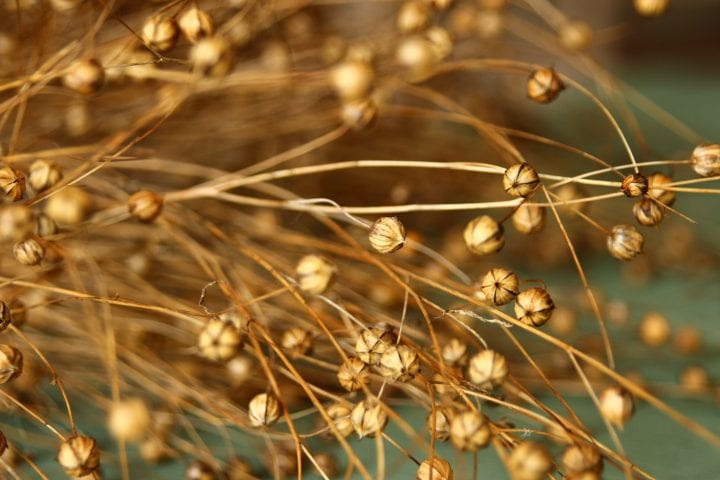Regulate Hydrological Flows
Water flows into, through, and between ecosystems. Because ecosystems need this water for growth and survival, they play an important role in maintaining and regulating hydrological flows. The Earth’s hydrological cycle depends on ecosystems to serve this role, so that water flows to the sea and is evaporated into the air to provide rain. Water is subject to gravity, which carries it down and away from ecosystems. Therefore, ecosystems must slow water to keep it on-site long enough for plants and other organisms to use it. For example, beavers build dams to make ponds where they can store food and travel underwater to avoid predators. These dams slow water, enabling it to seep into the earth surrounding the ponds. A community of plants grows in this moistened soil, supporting other life and transpiring water into the atmosphere.
Cycle Nutrients
In ecosystems, there is no such thing as waste. Instead, one organism’s waste can be considered as another organism’s resource, and the cycling of nutrients may be the most important form of recycling in living systems. But sometimes those nutrients are transformed by one organism into a form that isn’t readily used by other organisms. For example, lignin is a complex organic molecule found in the cell walls of plants. In a forest, it’s one of the hardest molecules to break down in woody vegetation. Therefore, ecosystems include organisms that are particularly well-adapted to break down different types of nutrients. In the case of lignin, some fungi and bacteria release lignin-modifying enzymes that can break down the lignin to form carbohydrates and other life-supporting chemicals.




